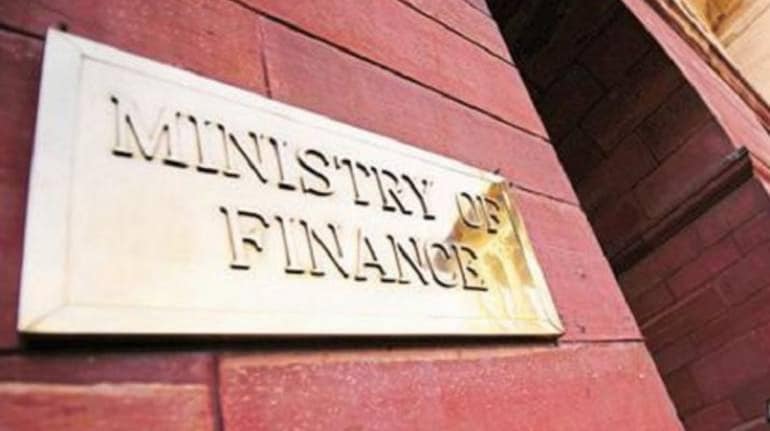



India’s economic growth is likely to be sustained in the months ahead amid a revival in contact-intensive services and rebound in private consumption, the finance ministry’s department of economic affairs said in its monthly economic review released on September 17.
Meanwhile, as external pressures ease, inflationary pressures in India are also likely to subside, it added.
“The real GDP in the first quarter of 2022-23 is now nearly four per cent ahead of its corresponding level of 2019-20, marking a strong beginning to India’s growth revival in the post-pandemic phase,” the ministry said in its report.
“India is in a better position to calibrate its liquidity levels without abruptly stalling growth,” it added.
Asia’s third-largest economy recently overtook the United Kingdom to become the world’s fifth largest. India, estimated to grow 7.2 percent this financial year ending March 31, is also the fastest growing major economy.
However, just like the rest of the world, the country has been facing a spike in cost pressures for several months. While the central government has taken a raft of measures to ease supply-side pressures, the central bank has raised interest rates sharply since early May and has withdrawn nearly all of the pandemic-era surplus liquidity from the banking system.
The finance ministry feels that robust growth in government revenues will help sustain capital expenditure through the rest of the fiscal year.
“Increase in private consumption and higher capacity utilisation in the current year has further reinvigorated the capex cycle to take the investment rate in the first quarter of 2022-23 to one of its highest levels in the last decade,” it said.
Recently, Finance Minister Nirmala Sitharaman asked industry what was holding them back from reviving investments.
Macroeconomic risks
Risks to growth and inflation trajectories persist as India is integrated with the rest of the world, the finance ministry said.
“In winter months, heightened international focus on energy security in advanced nations could elevate geopolitical tensions, testing India’s astute handling of its energy needs so far. In these uncertain times, it may not be possible to remain satisfied and sit back for long periods,” it added.
Risks also emanate from lower crops-sowing for the kharif season, which calls for deft management of stocks of agricultural commodities and market prices without unduly jeopardising farm exports, the ministry said.
Core inflation may also remain sticky in the months ahead as companies pass on higher inputs costs to the consumer sooner than later.
Prudent fiscal, monetary policies
Watchful and prudent fiscal management and credible monetary policy will remain essential for the country to fulfil its growth aspirations as they will ensure borrowing costs for the government and private sector decline, facilitating public and private sector capital formation.
Meanwhile, vigorous pursuit of asset monetisation at all levels of government will help lower debt stock and hence debt servicing costs, it added.
India’s gross domestic product grew 13.5 percent in the first quarter of this financial year, while inflation rose to 7 percent in August.
Also Read: Monetary, fiscal policies share burden of lowering inflation, says FM Sitharaman
The central bank is on the brink of failing to meet its inflation mandate. The Reserve Bank of India is deemed to have failed when average inflation is outside the two to six percent tolerance range for three consecutive quarters.
Inflation has stayed above the target of four percent for 35 months and outside tolerance ceiling for eight months.
Discover the latest Business News, Sensex, and Nifty updates. Obtain Personal Finance insights, tax queries, and expert opinions on Moneycontrol or download the Moneycontrol App to stay updated!
Find the best of Al News in one place, specially curated for you every weekend.
Stay on top of the latest tech trends and biggest startup news.